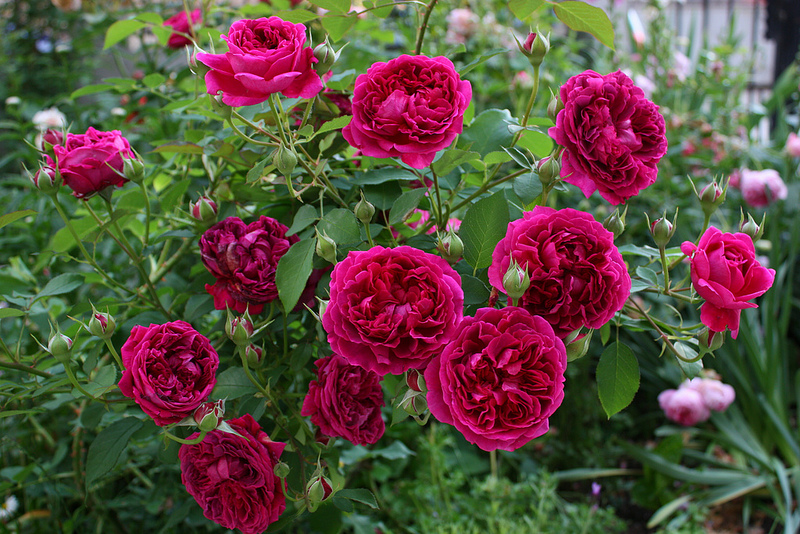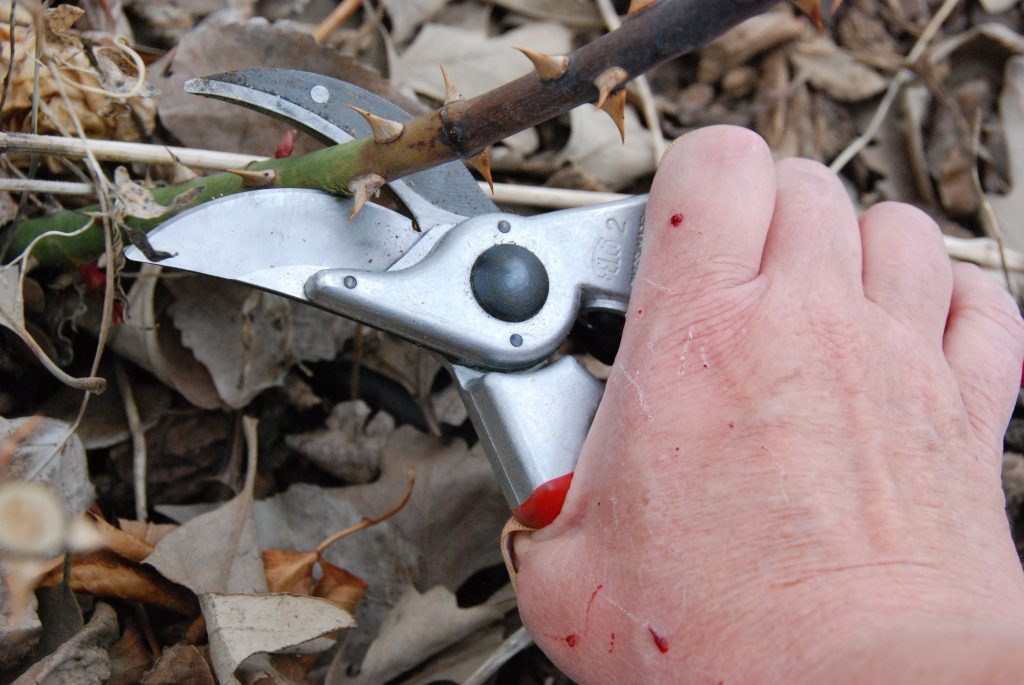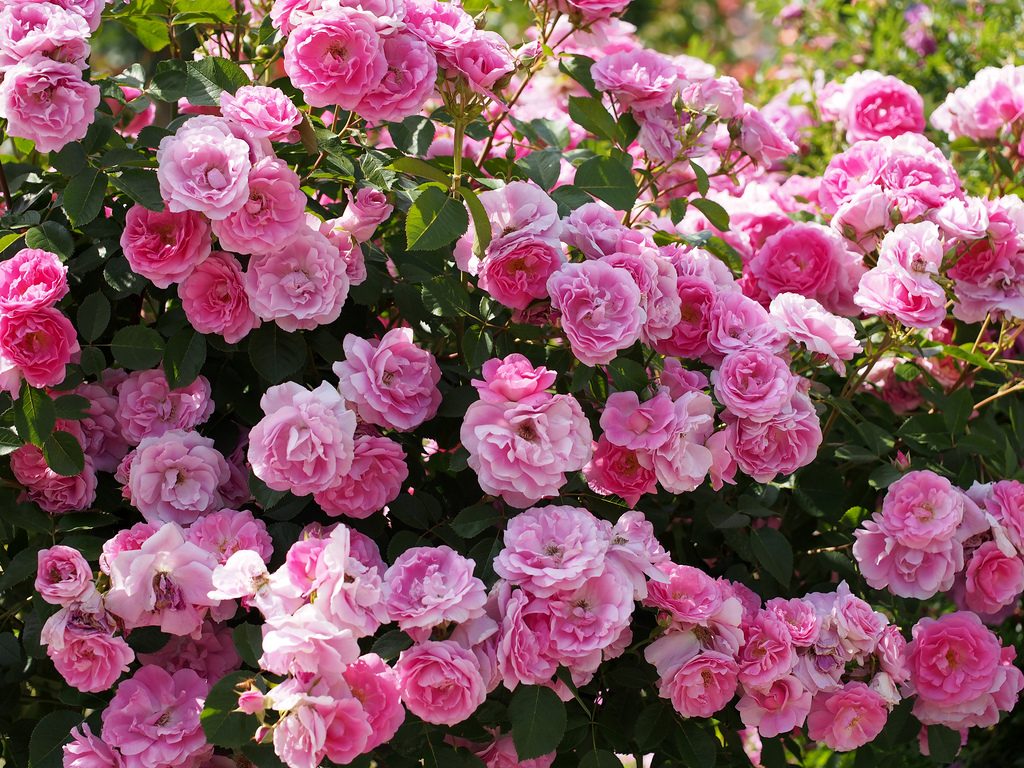When and how to cover roses for the winter in the Urals
Content
When to shelter
It is impossible to name the exact date when to cover roses for the winter in the Urals, it depends on the weather, type and variety of plants. Usually this happens after stable frosts have been established, a short-term drop in temperature to -5 degrees not only does not harm, but contributes to its recovery, this is nothing more than hardening. Preparation of roses for winter begins in August, when watering is gradually done less frequently, nitrogen is excluded from dressings, and the plants are strengthened with potassium and phosphorus. Flowers that fade in August are not cut off, the ripening of the fruits completes the period of activity and sets up the plants to prepare for the dormant period. In September, cut off the lower leaves, unripe shoots, which, most likely, will not survive the winter. Bushes with shoots bare at the base are first treated with iron vitriol or a mixture of copper sulfate with soda (this mixture is called Burgundy liquid), then they spud earth with sand to a height of 15 cm, and cover them with leaf humus on top. This is done to protect the roots from excess autumn moisture, you can even cover the bushes with a film during the rain.
With the onset of frost, while the thermometer still does not drop below -5 degrees, and even then at night, roses are freed from foliage, buds and flowers, plant residues are removed from the bushes, and the bushes themselves, the ground around them and dry leaves covering the bases of the shoots, sprayed with Bordeaux or Burgundy liquid for the prevention of diseases. After that, a shelter is prepared.
Experts say that preparation for wintering begins when you buy a seedling and look for a place for it on your site. The best growing in the Urals are those roses that were grafted onto rose hips, and not own-rooted ones, and it is advisable to buy them in the nearest nursery, then you can be sure that the varieties are zoned, which means that the local climate will not be a test for them.
Roses should be planted on a small hill, they should be protected from the north and west from the wind by a building wall, fence or hedge, but from the south it is better to open them to the sun. Proper care will make the roses strong, and strong and healthy plants will be easier to winter.
Video "Cropping for the Winter"
From the video you will learn how to properly trim the bushes before wintering.
What flowers require pruning
It is not necessary to cut roses heavily for the winter. In all types of roses, without exception, it is necessary to cut out damaged and unripe shoots, cut off the leaves and flowers before entering the winter period, and the shoots are shortened only slightly. So, hybrid tea roses and floribunda are shortened by 10 - 20 centimeters so that they fit in a shelter.  Climbing are removed from supports, shorten the shoots by no more than a third, they also approximately do with ground cover, which have long flexible stems and even with high scrubs. There are many opinions on how to prune roses in the fall, but heavy pruning can have a bad effect on the flowering and overall appearance of the bush next year.Therefore, it is better to return to pruning in the spring, then it will already be necessary to look at how the shoots have endured the Ural frost, and, if necessary, even cut off the growing bush.
Climbing are removed from supports, shorten the shoots by no more than a third, they also approximately do with ground cover, which have long flexible stems and even with high scrubs. There are many opinions on how to prune roses in the fall, but heavy pruning can have a bad effect on the flowering and overall appearance of the bush next year.Therefore, it is better to return to pruning in the spring, then it will already be necessary to look at how the shoots have endured the Ural frost, and, if necessary, even cut off the growing bush.
How to bend
In order to hide the rose bushes under cover, most often the shoots have to be bent to the ground.
Preparing climbing roses for winter consists in folding and stacking the shoots after pruning. Long flexible branches of ground cover roses are also rolled up and laid on spruce branches, polystyrene, boards or other substrate.
But those shoots that grow long, but do not bend, as, for example, with scrubs, must be bent as close to the ground as possible if it is not possible to lay it on it. This is a very difficult task.
If you try to tilt a prepared (trimmed and treated against rot and fungus) bush with tall, straight-growing shoots immediately to the ground, this may result in broken shoots. Therefore, many bushes begin to tilt even in the middle of the August flowering. A tall, thick, maybe already lignified shoot must first be tilted and secured to the achieved position. Then a week later, tilt it again, fix it again. This is the only way to gradually bring all the shoots closer to the ground without loss. It is easier to do this after the rain, in the late afternoon.
You cannot bend the shoots in different directions, correct folding is when the tip approaches the grafting point. This does not always work, but you need to try to tilt the shoots to one side, so that they completely fit under the shelter, everything that does not fit is usually cut off.
What to cover
Collapsed or even bent shoots are laid on a substrate, covered with dry leaves on top. If in the south this was enough, or even on top it would be worth putting spruce branches, then in the Urals roses should arrange an air-dry shelter. A frame must be installed over the huddled bushes with folded shoots. Its role can be played by wooden or plywood boxes, shields installed on all sides of a bush (or rose garden), or wire arches. Kraft paper, roofing felt, and then plastic wrap are laid on top of them. But it would be better to use lutrasil, spunbond or other similar material, which are pressed down with stones or boards around the perimeter so that the wind cannot move it.
A high-quality shelter should protect the wintering flower from cold wind, snow and rain, it should withstand a large weight of possible snow and not collapse under its weight. In addition to all this, it should exclude the possibility of overheating the plant during short thaws, and this can be achieved only by maintaining the possibility of airing. All these conditions are met by an air-dry shelter, which will rise above the bush, leaving a sufficient layer of air.
Lutrasil does not let water inside, but during the cold autumn rains it would be good to build such a shelter, but not close tightly, leaving it open from the ends, and throw a film on top.
When the rains are over, the film can be removed. And it will be possible to close all sides tightly with the arrival of constant frosts. This will protect the plants from cold and excess moisture, but still get enough fresh air.
Video "Shelter of Roses"
From the video you will learn how to properly cover the bushes for the winter.



